Best Flea Shampoo for Dogs: Fast-Acting Solutions
Flea and tick shampoo for dogs is crucial for pet owners dealing with the frustration of fleas and ticks. These parasites not only cause itching and discomfort but can also lead to more serious health issues. Choosing the right best flea shampoo for dogs is essential for eliminating these pests and ensuring your dog’s health. In this article, we will guide you through the best options and how to use them effectively.

What is Flea and Tick Shampoo for Dogs?
Flea and tick shampoo for dogs is a specially formulated cleaning product designed to kill fleas and ticks on your dog’s coat. The ingredients vary from natural herbal solutions to chemical insecticides, providing different levels of effectiveness. These shampoos not only eliminate pests but also help soothe your dog's irritated skin caused by bites. Choosing the right shampoo is crucial to keeping your dog's skin healthy and flea-free.
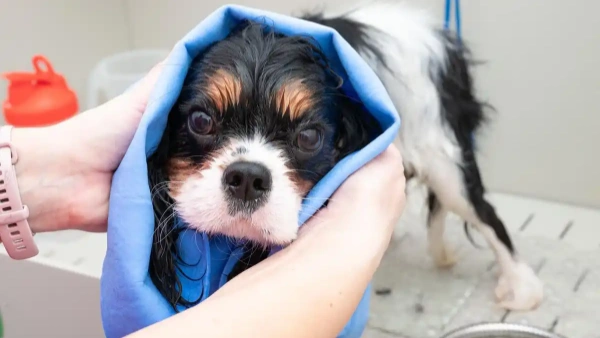
Everything Our Vets Recommend
How to Use Flea and Tick Shampoo for Dogs
Here’s how you should apply flea shampoo for dogs:
Wet your dog’s coat: Start by thoroughly wetting your dog's fur with warm water, ensuring that the shampoo will spread easily.
Apply the shampoo: Use an appropriate amount of flea shampoo dogs and apply it evenly across your dog's body, especially in areas like the neck, ears, and belly where fleas like to hide.
Massage the shampoo in: Gently massage the shampoo into the fur and skin to allow it to penetrate and kill fleas more effectively.
Rinse thoroughly: Make sure to rinse your dog completely with clean water, ensuring no shampoo residue is left behind that could cause skin irritation.
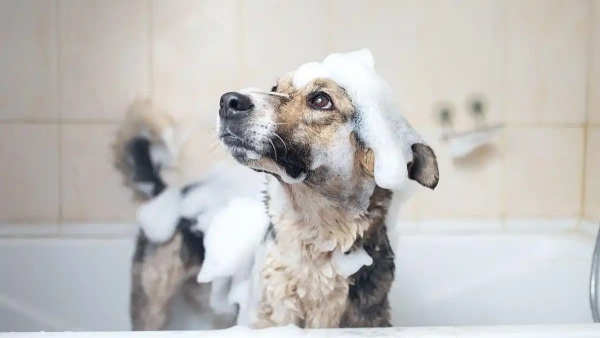
How Effective is Flea and Tick Shampoo for Dogs?
Most best flea and tick shampoo for dogs work quickly to kill fleas, ticks, and their larvae, providing instant relief from itching. Shampoos with natural ingredients may take longer to show results but are typically gentler on the skin, making them ideal for dogs with sensitive skin. Some shampoos even provide residual protection against future infestations, reducing the risk of further problems.
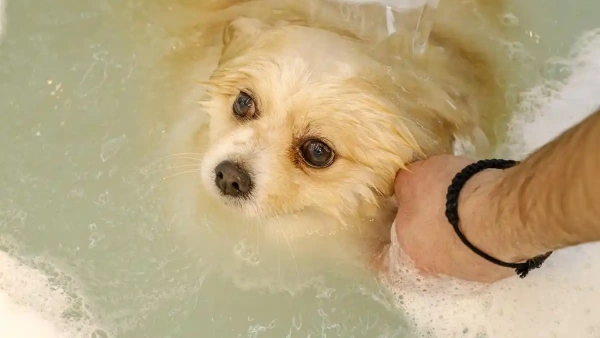
How Often Should You Use Flea and Tick Shampoo for Dogs?
The frequency of using flea shampoo for dogs depends on the dog's level of activity and the type of shampoo used. If your dog frequently goes outside, especially during flea and tick season, it’s recommended to use shampoo every two weeks. For dogs with sensitive skin, you may want to extend the time between washes to avoid over-cleansing, which could irritate their skin.
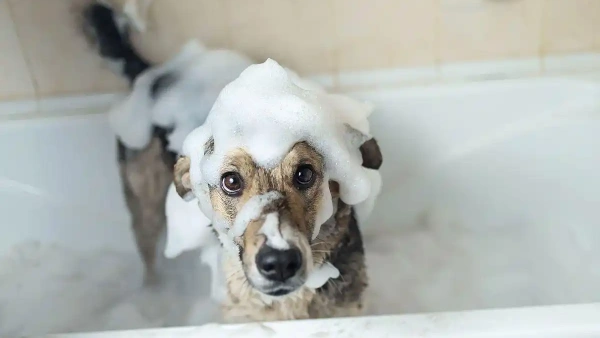
When Should You Use Flea and Tick Shampoo for Dogs?
If your dog shows signs of flea and tick infestation such as excessive scratching, redness, or hair loss, it’s time to use flea shampoo. The best time to apply shampoo is during peak flea season, typically in the spring and summer months. Regular use of flea shampoo can also help prevent future infestations, especially if your dog spends a lot of time outdoors.
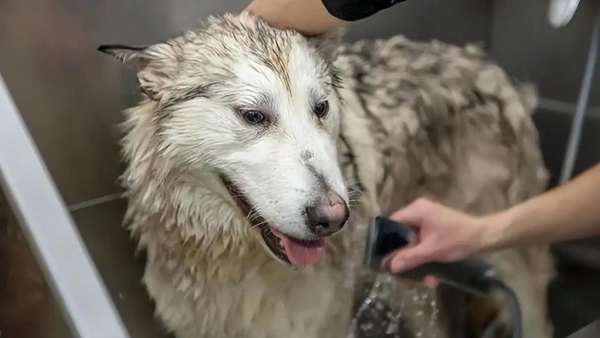
Can Fleas Develop Resistance to Flea Shampoo for Dogs?
Most flea shampoo dogs are effective in killing fleas and ticks along with their eggs and larvae. However, in some cases, fleas may develop resistance to certain ingredients. If symptoms persist after treatment, it may be a good idea to switch to a different brand or consult your veterinarian for additional treatment options.
Everything Our Vets Recommend
FAQ - Best Flea Shampoo for Dogs: Effective Solutions for Fleas and Ticks
Q: How often should I use flea shampoo on my dog?
A: Most flea shampoos can be used once every 1-2 weeks, but always follow the specific instructions on the product label.
Q: Does flea shampoo kill both fleas and ticks instantly?
A: Many flea shampoos kill adult fleas and ticks on contact, but may not prevent re-infestation without additional treatments.
Q: Is flea shampoo safe for puppies?
A: Some flea shampoos are formulated for puppies over 12 weeks old. Always check the label or consult a veterinarian before use.
Conclusion: Keep Your Dog Healthy and Flea-Free
Choosing the right flea and tick shampoo for dogs is crucial for maintaining your dog’s health. With the right shampoo, you can easily eliminate fleas and ticks, and keep your dog’s skin healthy and free from irritation. Regular grooming and proper treatment can not only prevent further infestations but also ensure your dog has a shiny and healthy coat.
For more tips on keeping your dog’s skin healthy, check out our guide on dog skin care.
If your dog is suffering from fleas, don't wait—start using the best flea and tick shampoo for dogs today and ensure your dog’s comfort!
You May Like:
- 2025’s Best Flea and Tick Shampoo for Dogs – New Formulas
- Avoid These: Flea and Tick Medication for Dogs That Deliver
- Best Flea and Tick Prevention for Dogs: Year-Round Protection
- 2025’s Best: Yeast Infection on Dogs Skin Solutions
User Comments
Does flea treatment kill ear mites too?
Can dogs take human probiotics?
Can dogs have people probiotics safely?
Related Articles
View all
How to Get Rid of Dog Allergies Naturally: Common Mistakes

Dog Allergic Reaction Eye Swelling: Hidden Mistakes to Avoid
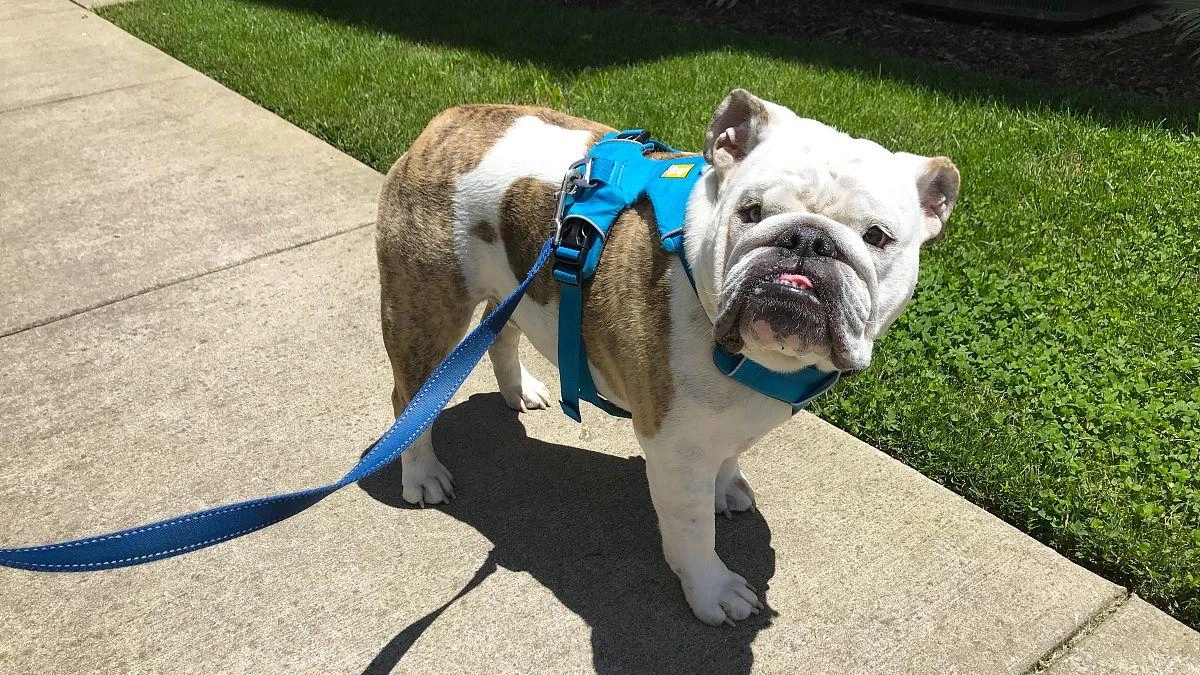
Why Do Bulldogs Scratch? Bulldog Skin Allergies Guide
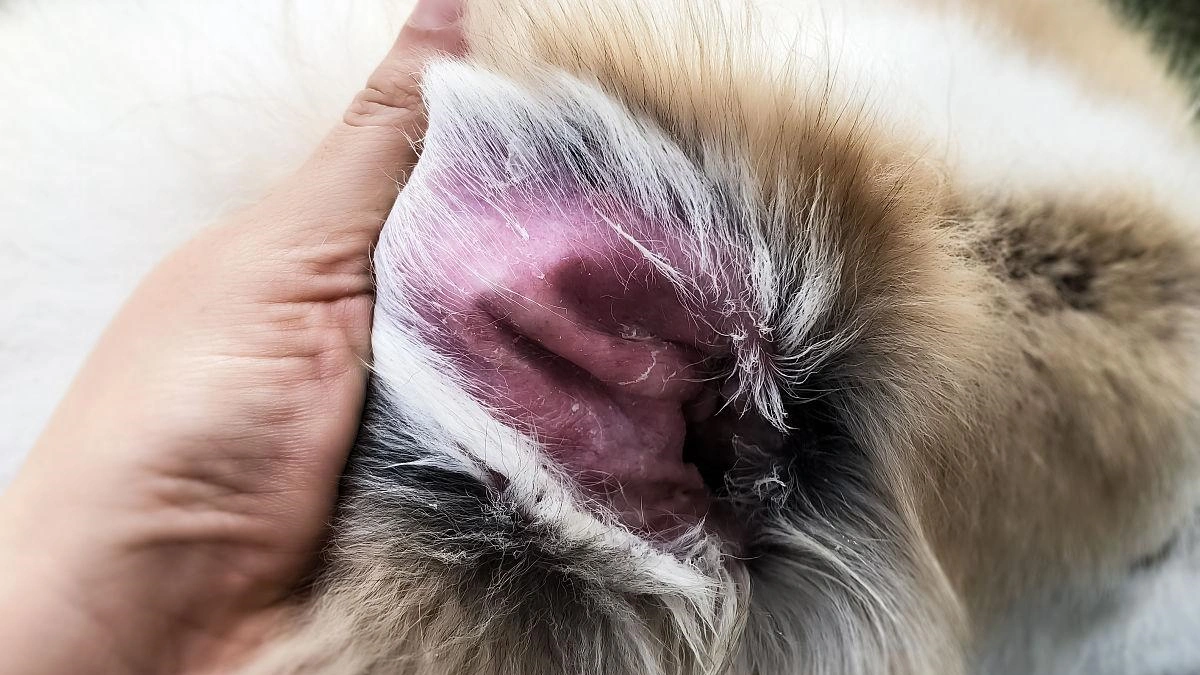
Cure for Dog Skin Allergies Owners Often Miss

How to Get Rid of Dog Allergies Naturally: Common Mistakes

Dog Allergic Reaction Eye Swelling: Hidden Mistakes to Avoid

Why Do Bulldogs Scratch? Bulldog Skin Allergies Guide

Cure for Dog Skin Allergies Owners Often Miss

Vet-Recommended Wet Dog Food for Sensitive Stomachs — 2025 Guide
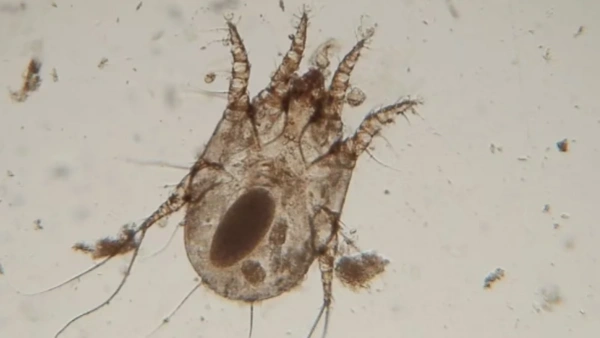
Dog Dust Mite Allergy: Symptoms, Treatment, Prevention

Can Allergies in Dogs Cause Diarrhea and Vomiting? Explained

10 Pitbull Health Problems You Should Know in 2025 — Tips


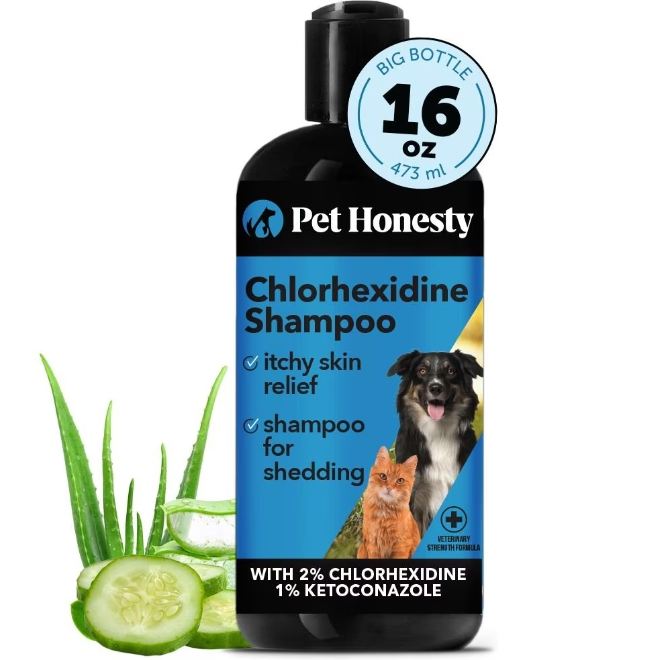
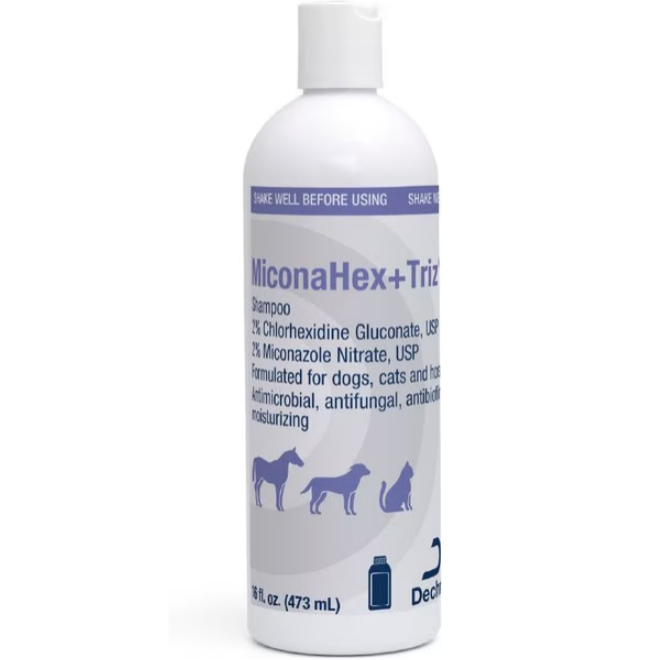
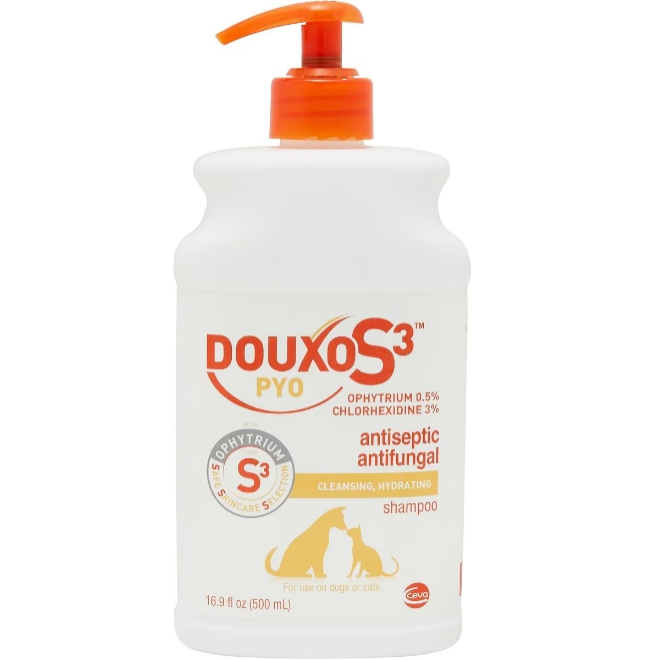
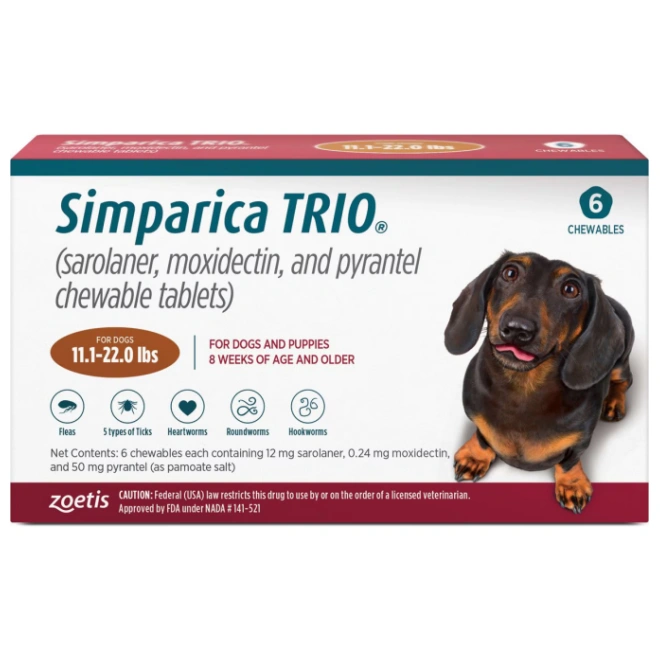
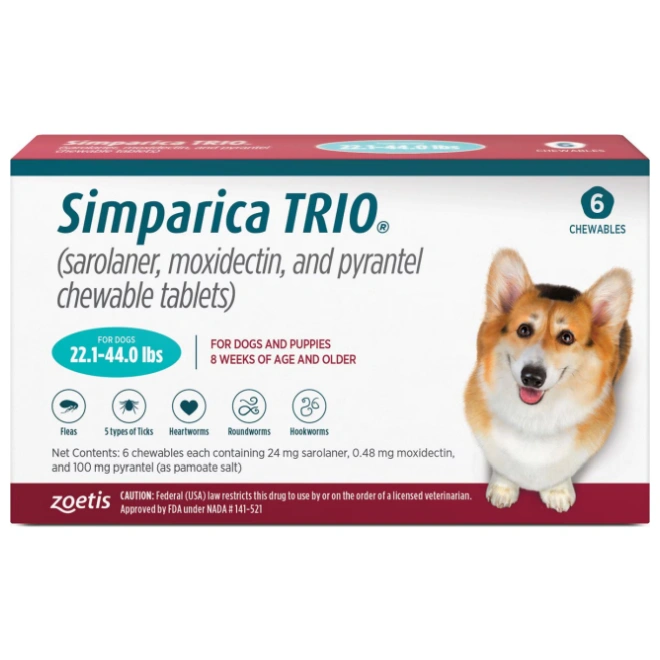
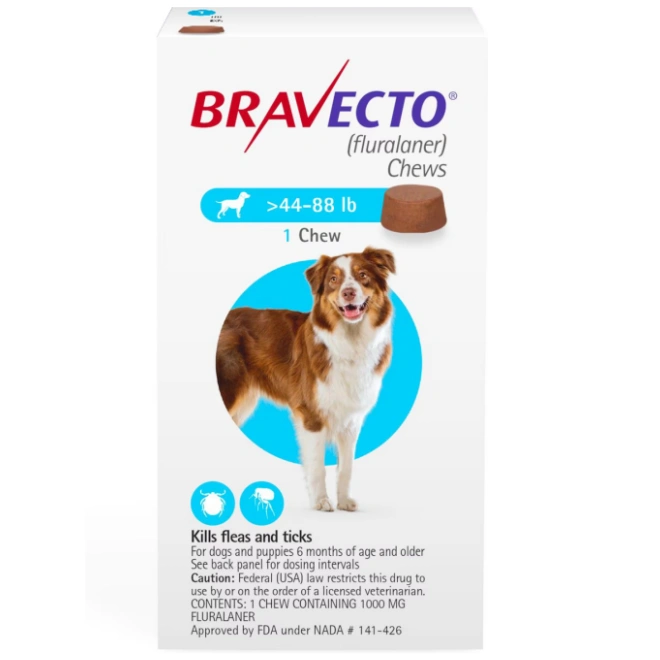
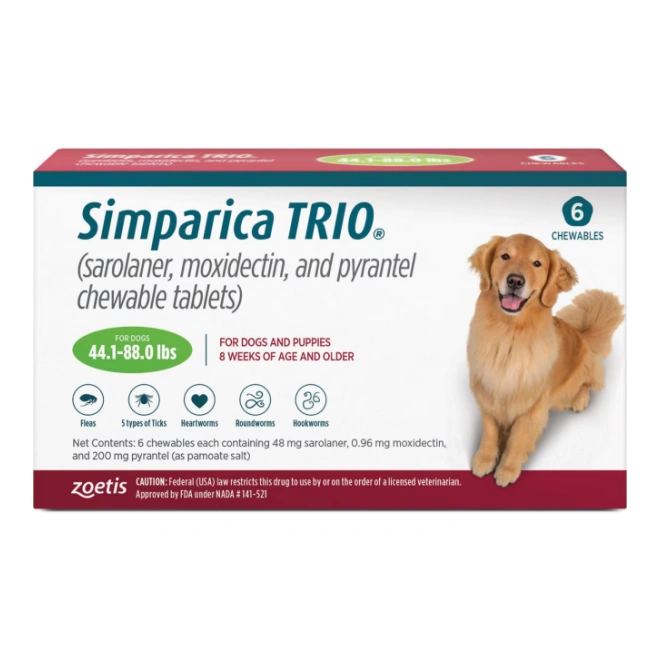








Leave a Reply